Archaeologists Make Deadly Discovery at Bottom of 800-Year-Old Shipwreck
The bottom of some of the largest bodies of water in the world can hold mysteries lost to time. Sometimes, those long-lost mysteries can see the light of day again thanks to archaeologists.
One of the most recent discoveries made by British archaeologists was medieval gravestones near an ancient shipwreck.
800 Year Old Gravestones Discovered
Bournemouth University announced the discovery in a press release, stating that they found the gravestones in Studland Bay, off the coast of Dorset.

Source: JL/Google Reviews
They believe the gravestones have been lying at the bottom of the English Channel for nearly 800 years. Shockingly, the gravestones remained well preserved in the murky waters.
The Gravestones Withstood Time
Pictures show that the gravestones have been well preserved over the centuries, although barnacles cover one of the slabs.

Source: Wurger GoodFon
“The slabs, carved from Purbeck marble, were amongst the cargo of England’s oldest historic shipwreck, which sank off the Dorset coast during the reign of Henry III in the thirteenth century,” the press release explained (via Fox News).
The Weight of the Graves
For nearly two hours, maritime archaeologists worked to bring the stones back to the surface. One of the stones measures nearly 5 feet (one and a half meters) and weighs an estimated 154.32 pounds (70 kilograms).
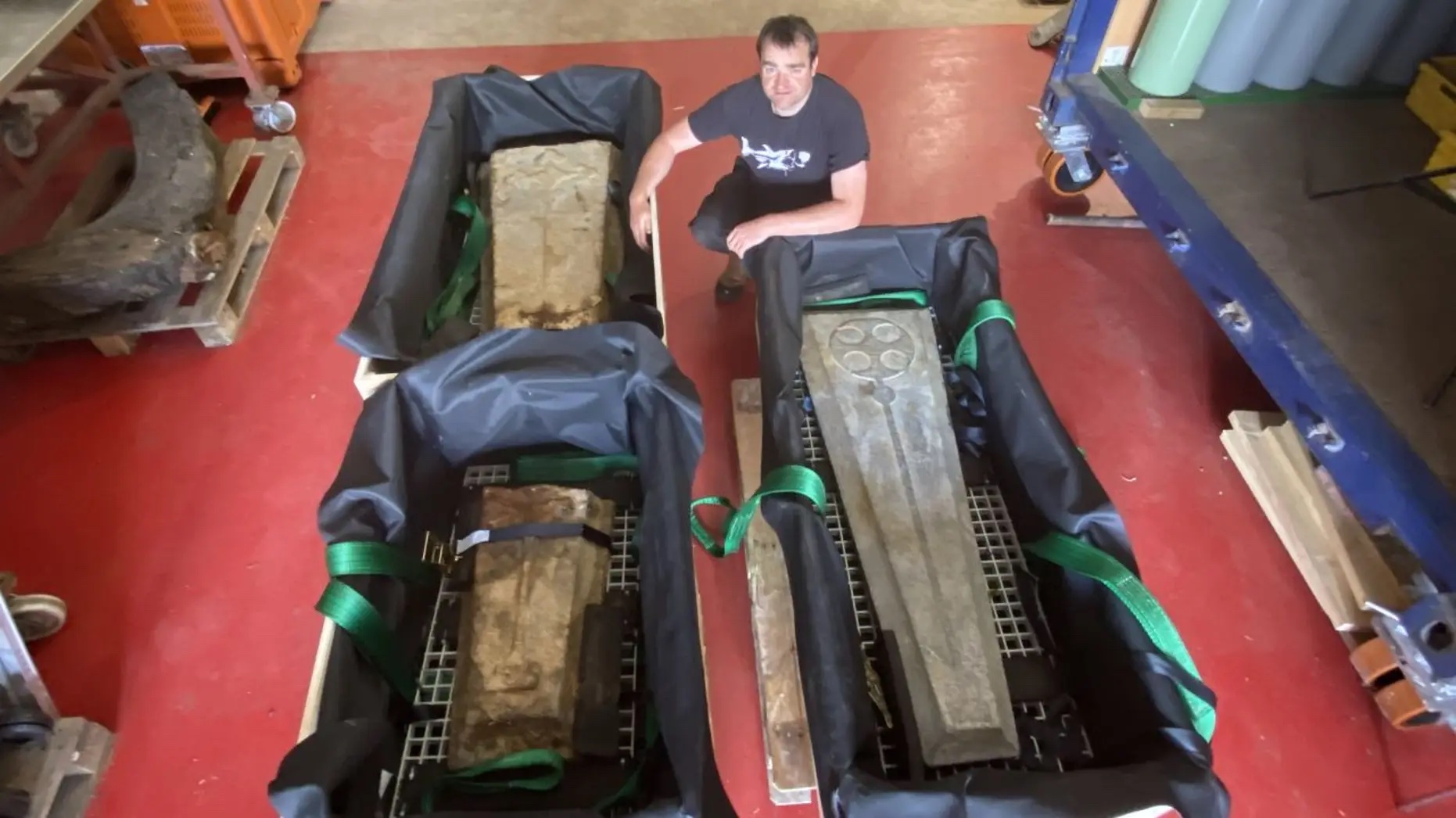
Source: Bournemouth University
“The other, much larger slab is in two pieces, with a combined length of two meters and a weight of around 200 kilograms,” the press release states. The slabs weigh approximately 154 pounds and 440 pounds, respectively.
Who Were the Gravestones For?
The markings on the gravestones indicate that King Henry III intended the graves for important members of his clergy. Henry III, who was the son of King John, took the throne in 1216 and ruled until he died in 1272.
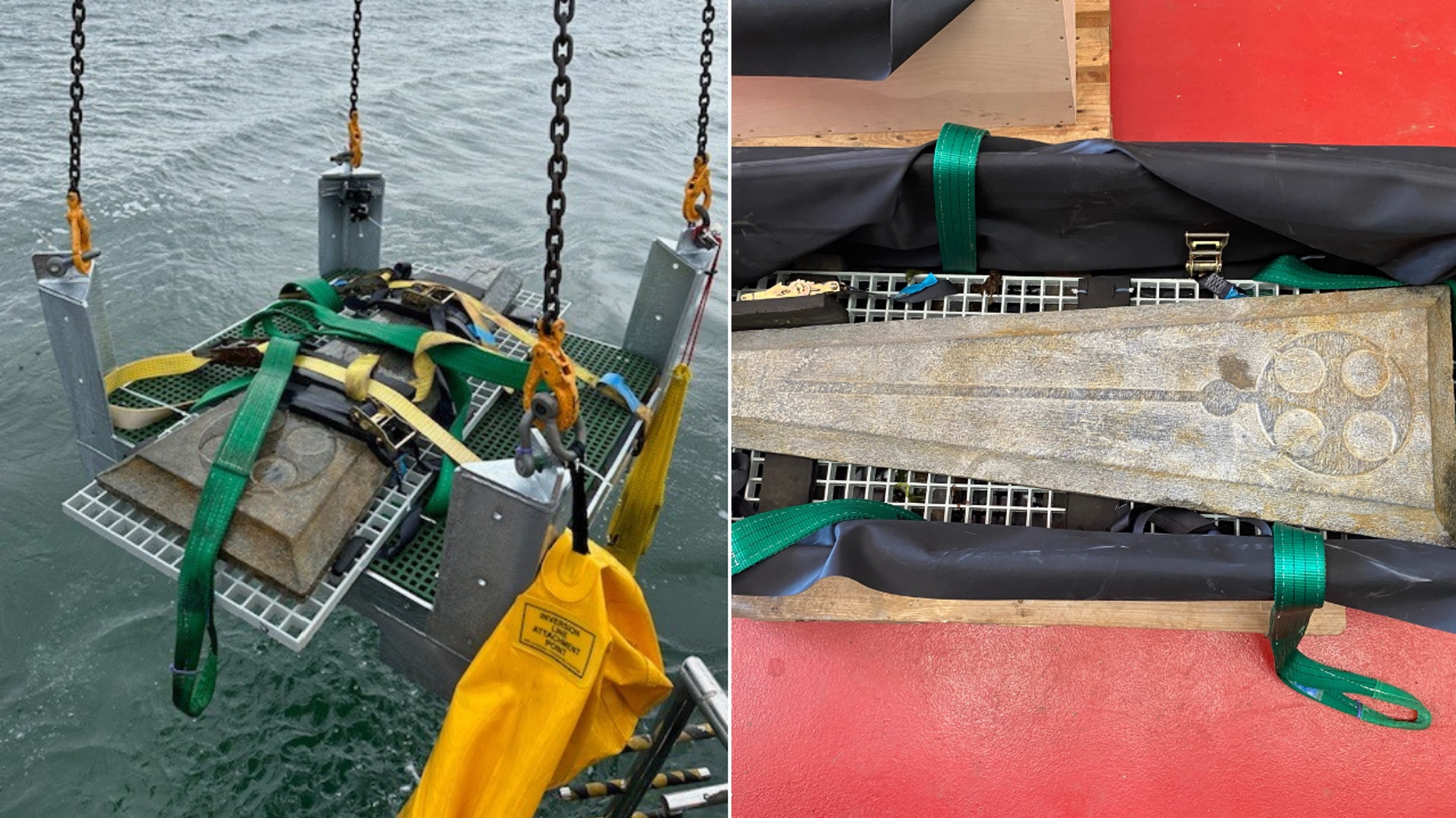
Source: Bournemouth University
The statement added, “Both carvings Christian crosses, which were popular in the thirteenth century, and the research team believes they were intended to be coffin lids or crypt monuments for high-status individuals in the clergy.”
The Reason Why the Graves Were Underwater
Tom Cousins, an archaeologist who led the study, explains that the stones may have been transported on the ship where they were found, which is why they were discovered in the depths of the English Channel.

Source: Freepik
“The wreck went down during the height of the Purbeck stone industry, and the grave slabs we have here were a very popular monument for bishops and archbishops across all the cathedrals and monasteries in England at the time,” he explained.
A Common Gravestone of the Time
Cousins states that they found the type of stone the slabs were made from in Westminster Abbey, Canterbury Cathedral, and Salisbury Cathedral.
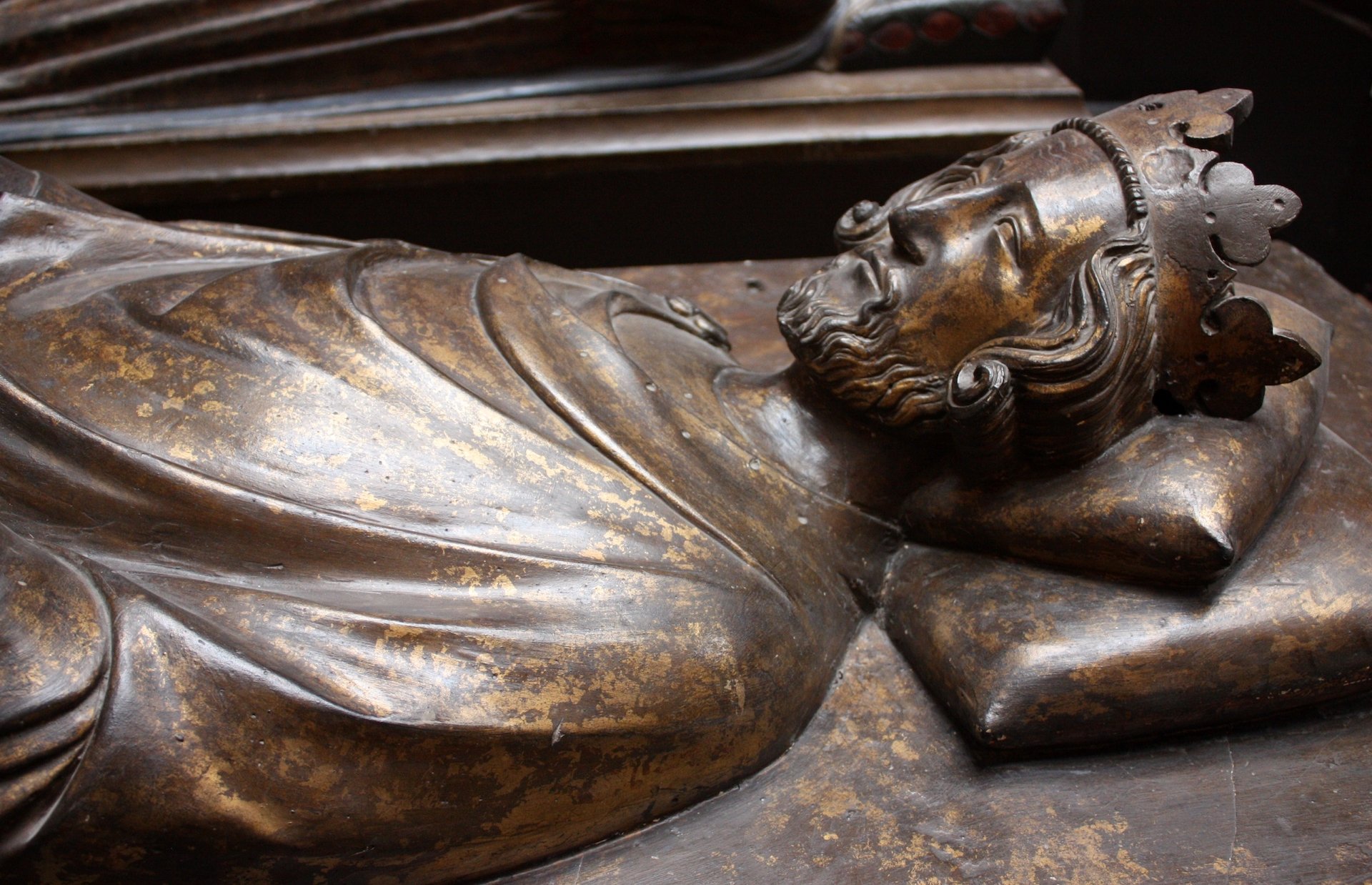
Source: World History Encyclopedia
Fortunately, this study found no bodies beneath the gravestones, suggesting that these gravestones never reached their final destination.
An Answer to a Longstanding Debate
“Although Purbeck marble was quarried near Corfe Castle [in Dorset], there has always been a debate about how much work was done here and how much was done in London,” Cousins added.

“Now we know they were definitely carving them here, but they hadn’t been polished into the usual shiny finish at the time they sank so there is still more we can learn.”
The Graves Will Be on Display for the Public
Now, the team of archaeologists from Bournemouth University is desalinating the gravestones and conserving them before displaying them to the public next year.

Source: Britannica
The university also noted that they recently discovered the significance of the shipwreck sites, uncovering more about Henry III’s reign.
The Significance of the Site
The press release stated, “Tom and a team from the University discovered the site of the Mortar Wreck in 1982 as an ‘obstruction,’ initially assumed to be a pile of rubble on the seabed.
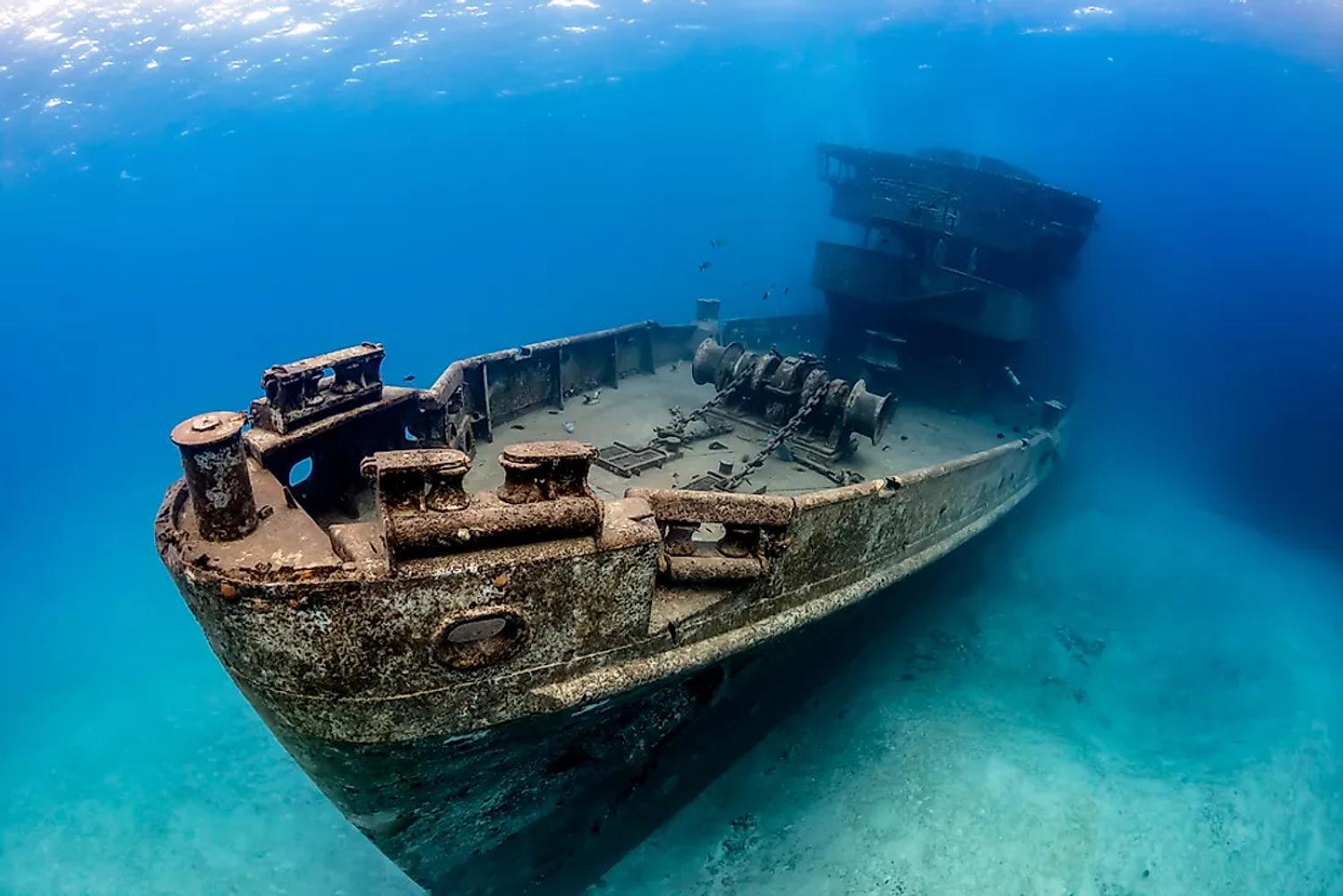
Source: Shutterstock
“Its significance was not realized until 2019, when, on the suggestion of local charter skipper Trevor Small, they dived to the site and uncovered the secrets lying under the sand.”
The Study of the Mortar Wreck
The site of the Mortar Wreck was heavily studied in 2019, unveiling a plethora of cargo, which included grinding marble mortars and grave slabs.
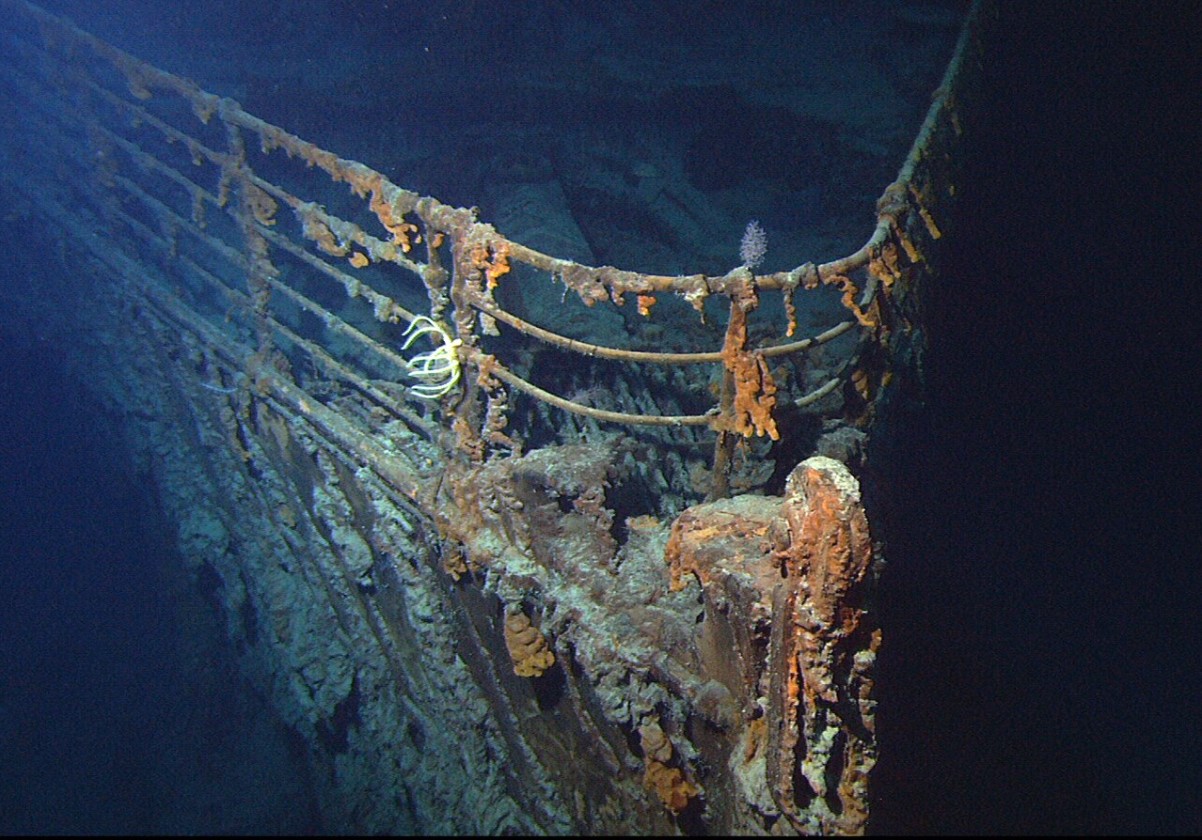
Source: Wikimedia
“The archaeological significance is the ship as a whole and what it can tell us about trade and life in the 13th century, as well as ship technology,” Cousins told Newsweek.
Preserving History
Today, Cousins and his team are still researching the shipwreck sites, uncovering new details about trade during Henry III’s time as king.
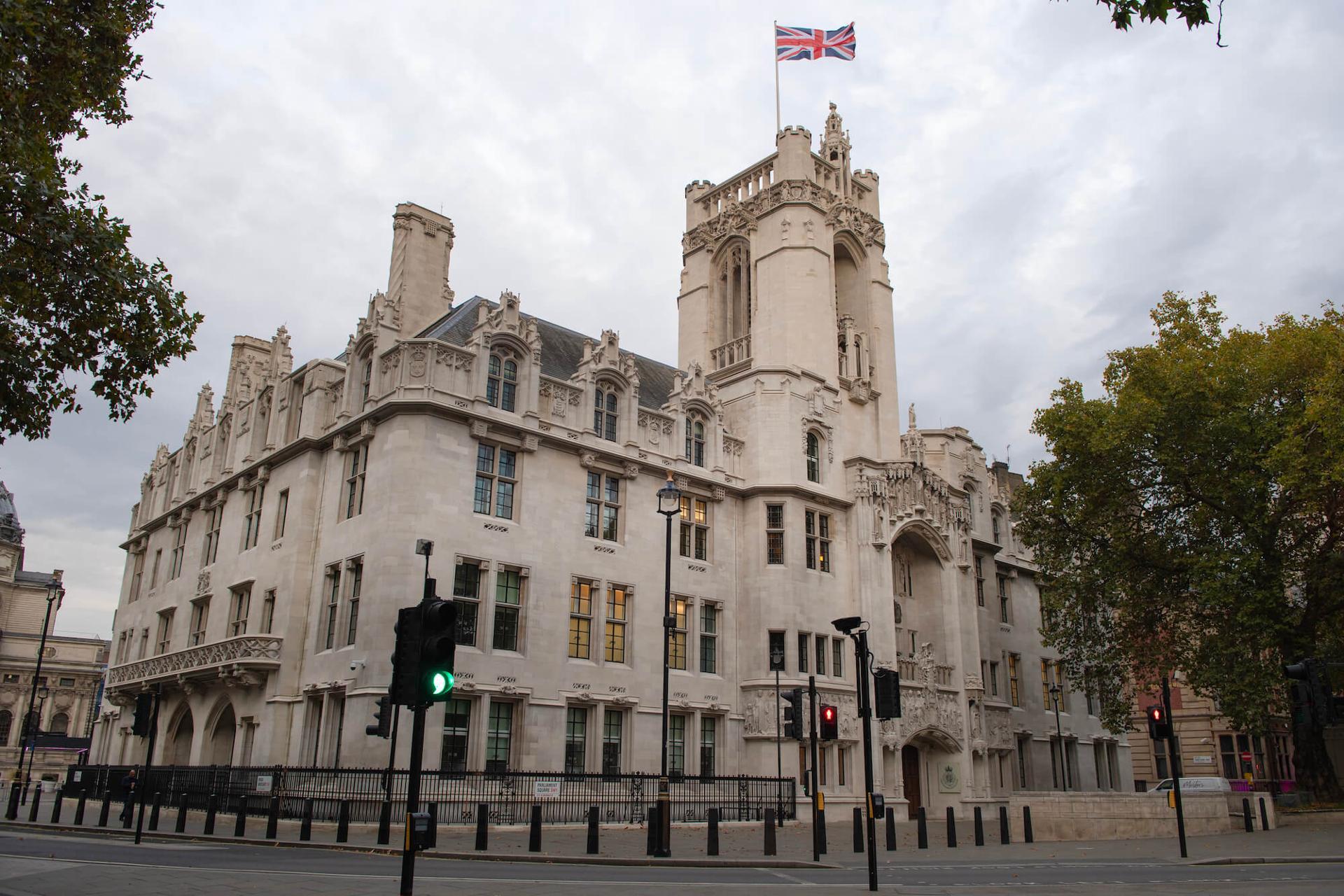
Source: The Supreme Court
In England, the government protects the shipwreck site because it is the oldest known wreck with a surviving hull.
